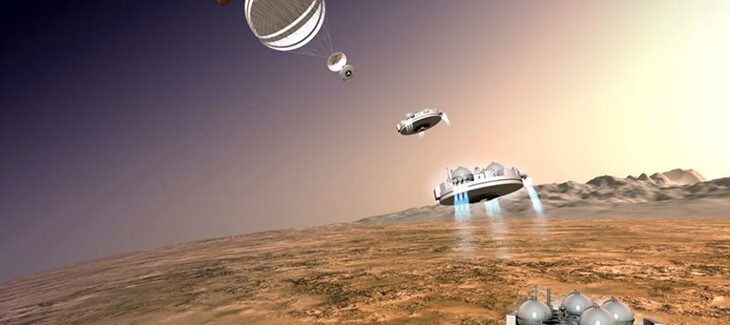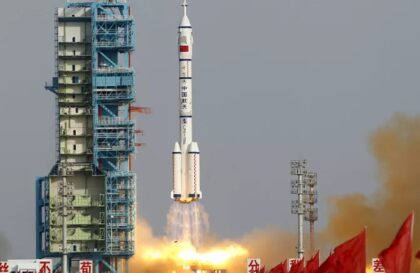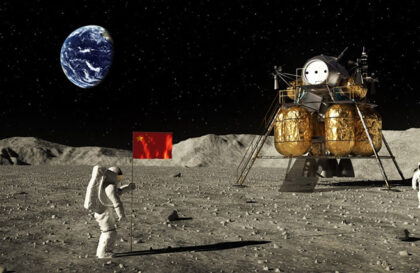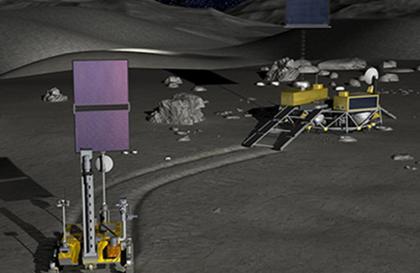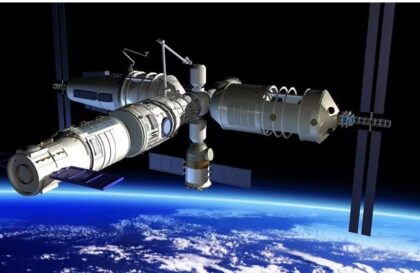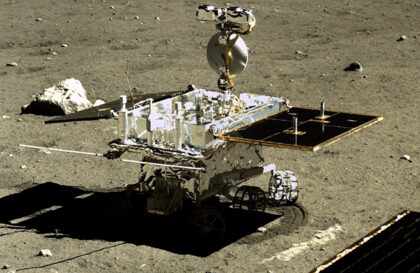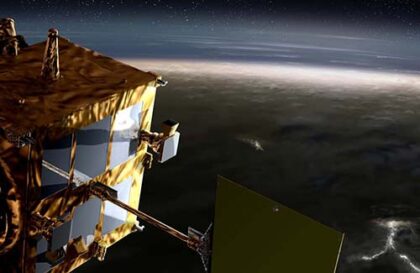A one-second failure and a free fall of 3700 meters.
The European Space Agency’s (ESA) Schiaparelli Mars mission crashed while attempting to land on Mars on October 19, 2016. Schiaparelli was the landing demonstrator for the ExoMars mission, which was intended to test technologies for a future mission that would land a rover.
ExoMars orbiter and rover. Credit: ESA Media Relations Office
According to ESA, the problems began about 3 minutes before the intended landing, when the craft jettisoned its parachute earlier than planned. Then, the braking system, consisting of nine engines, was activated, but they worked for only about 3 seconds instead of the expected 30. As a result, Schiaparelli fell onto the Martian surface at a speed of more than 300 km/h, which led to the disaster of the device.
Schiaparelli impact site. Credit: ESA Media Relations Office
Data analysis showed that one of the causes of the accident was an error in the program that controls the descent and landing system. In particular, an error in the navigation system data most likely caused the engines to shut down prematurely, leading to the crash. The incident highlighted the difficulties and risks associated with landing attempts on Mars. Many factors, such as atmospheric conditions and the nature of the planet’s surface, make landing a particularly challenging task.
The Schiaparelli on-board computer assumed that it was already on the surface. At this time, it was still at an altitude of 3.7 km above the surface of Mars.
According to ESA officials, the craft crashed but provided a wealth of data about the entry into the Martian atmosphere, the functioning and activation of the heat shield, and the deployment of the parachute – all of which went according to plan.
Heatshield sensors. Credit: ESA Media Relations Office
Schiaparelli, part of ESA’s ExoMars mission, was never intended to live on the surface of Mars for more than a few days. The previous mission element, the Trace Gas Orbiter, is operating successfully in orbit around Mars and will support the next mission, including data transmission from the rover planned to be launched by Russia.
Banner image: ESA
Image credit:
https://spacenews.com
https://www.esa.int
